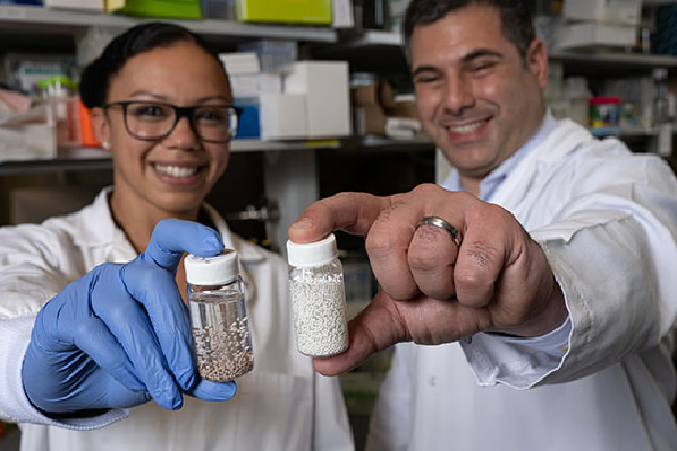New Study Links Nighttime Light Exposure to Increased Diabetes Risk
New research from Flinders University suggests that exposure to light during nighttime hours may significantly increase the risk of developing type 2 diabetes. The study, involving over 84,000 participants, found a strong correlation between nighttime light exposure and diabetes, independent of daytime activities.
Impact on Circadian Rhythms and Metabolic Health
“Our findings highlight the potential impact of disrupted circadian rhythms on metabolic health,” explains lead researcher Dr. Andrew Phillips. “Light at night disrupts the body’s natural sleep-wake cycle, which can lead to problems with insulin secretion and blood sugar regulation, both of which are major risk factors for type 2 diabetes.”
Methodology and Key Findings
The week-long study utilized wrist-worn light sensors to track participants’ light exposure patterns. This data, combined with nine years of follow-up health information, revealed a link between nighttime light exposure and an increased risk of diabetes, with some individuals experiencing up to a 67% greater chance of developing the condition.
Recommendations for Reducing Risk
While lifestyle factors like shift work and irregular sleeping patterns can affect diabetes risk, the researchers accounted for these variables and still discovered that light exposure between 12:30 am and 6:00 am posed a significant health concern. Consequently, they recommend minimizing light exposure during these hours to help maintain circadian rhythms, which can be an effective way to reduce the risk of developing type 2 diabetes.
These findings add to the growing body of evidence suggesting the importance of maintaining a healthy sleep cycle for overall well-being.







